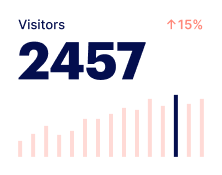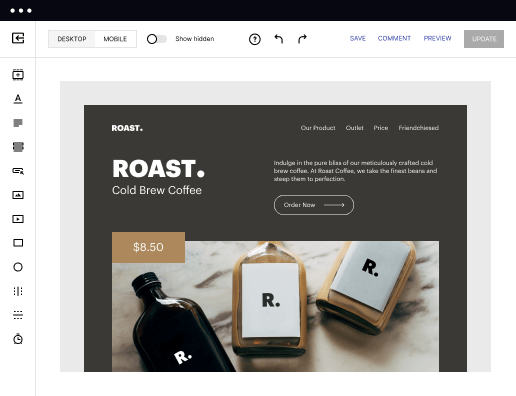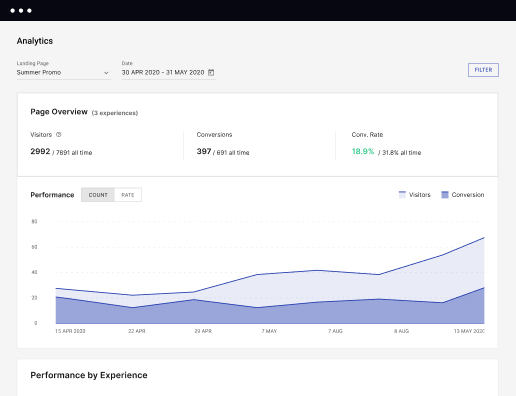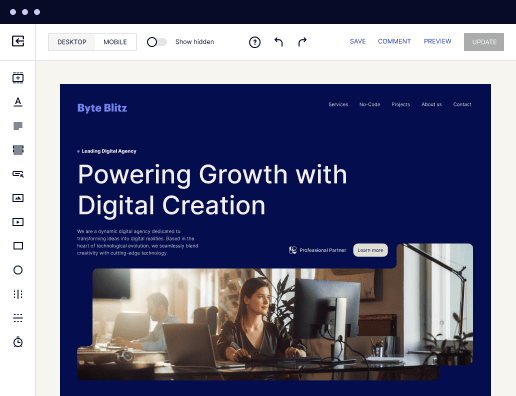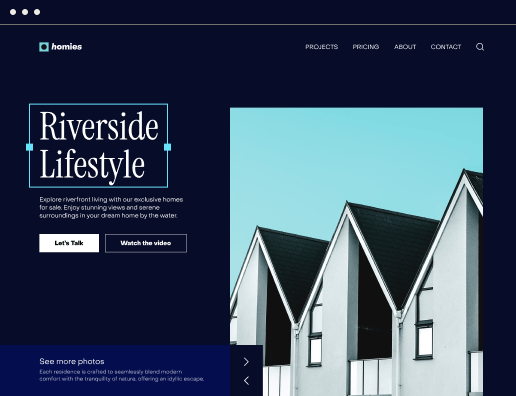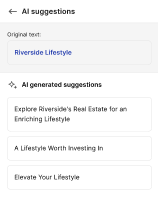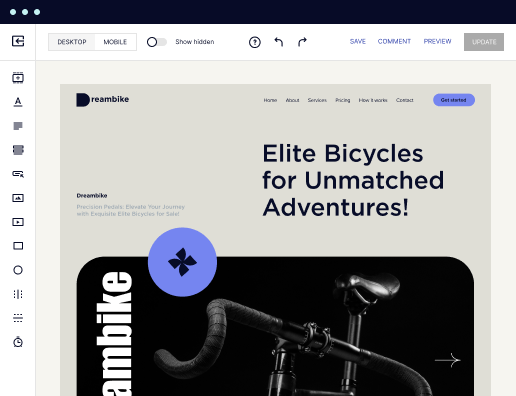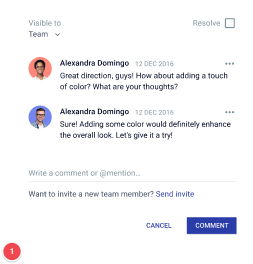Make your app page compatible with Salesforce: Act effortlessly
Create your app page compatible with Salesforce and effortlessly optimize your web pages for diverse ads and audiences. Transform visitors into leads and sales while bolstering brand trust and nurturing customer loyalty.
Make your app page compatible with Salesforce: A Comprehensive Guide
In today's competitive market, ensuring your app page is compatible with Salesforce is crucial for enhancing user experience and maximizing conversions. Instapage offers a user-friendly platform that allows marketers to create tailored landing pages that resonate with their target audience, especially for industries such as education, financial services, and tech/SaaS. This guide outlines the step-by-step process for making your app page compatible with Salesforce while leveraging Instapage's powerful features.
Understanding Salesforce Compatibility
To begin with, it’s essential to know how to align your app page with Salesforce. This involves integrating your existing systems with Salesforce APIs, ensuring that data flows seamlessly. By using Instapage, marketers can create dynamic pages that adjust based on visitor interactions and data housed within Salesforce. Here’s what you need to consider:
- Ensure API Connections: Make sure that your app effectively communicates with Salesforce APIs to pull and push data.
- Dynamic Content Delivery: Use Instapage's dynamic text replacement to create personalized experiences based on customer information.
- Performance Metrics: Utilize analytics tools within Instapage to monitor performance and refine landing pages for optimal results.
Step 1: Setting Up Your Instapage Account
The first step requires creating an account on Instapage. Follow these simple steps to set up your workspace:
- Sign up for Instapage: Visit the Instapage website and register for an account, selecting a plan that suits your needs.
- Explore the Dashboard: Familiarize yourself with the features available, such as template options and collaboration tools.
- Connect Salesforce: Navigate to the integrations section and follow prompts to connect your Salesforce account to Instapage.
Step 2: Building Your Landing Page
Once your account is setup, you can start building your landing page. This step is critical for ensuring your app page meets Salesforce compatibility requirements. Consider the following:
- Select a Template: Choose from over 100 pre-designed templates focused on conversion optimization.
- Customize Your Design: Utilize Instablocks to add or modify sections, ensuring each component is tailored to reflect your brand.
- Implement A/B Testing: Launch multiple page variations to identify which elements enhance interaction and conversion rates.
Step 3: Optimization and Review
After your landing page is built, optimizing it to gain maximum performance is essential. Use the tools Instapage provides for thorough testing and optimization:
- Conduct Heatmap Analysis: Use heatmaps to visualize user interaction and adjust your design accordingly.
- Launch A/B Tests: Implement A/B testing on different page elements to find the most compelling versions.
- Collect Feedback: Utilize collaboration features to gather input from team members and stakeholders before finalizing the launch.
By following these steps, you will successfully make your app page compatible with Salesforce, enhancing customer engagement and driving conversions.
Ready to harness the power of Instapage? Set up your account today to start crafting landing pages that truly engage your audience.
Get more out of Make your app page compatible with Salesforce
Improve your Quality Score with quick load technology for landing pages
Increase conversions with content that aligns with your ads and audiences
Achieve maximum ROI by scaling your marketing initiatives
Leading the way in building high-performing landing pages





FAQs
See how to make your app page compatible with salesforce in action
Ready to skyrocket conversions?
Supercharge your ad campaigns with high-performing landing pages.
Get started
